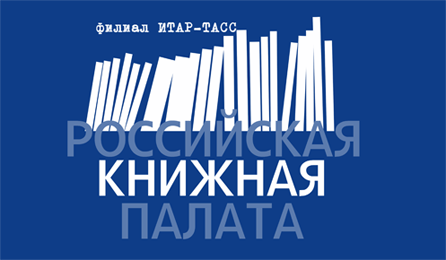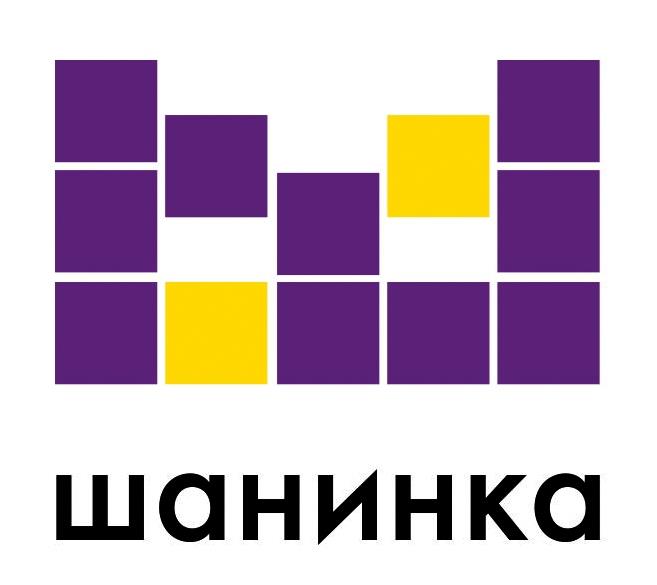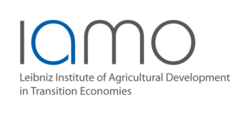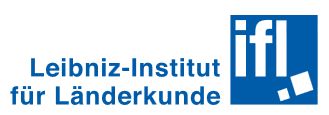Rodoman B. Russian cultural landscape: Theoretical and practical implications of the concept // The Russian Peasant Studies. 2021. V.6. №1. P. 13-25.
DOI: 10.22394/2500-1809-2021-6-1-13-25
Annotation
The author argues that the precise final definitions (recognized and universal) are often less important for scientists than the key features of the studied phenomena. Therefore, the author suggests to combine different concepts in order to get a working and temporary definition of the cultural landscape. The article presents this term as non-evaluative, mainly typological, non-taxonomic and ‘real’, which allows to consider its borders with the natural landscape as mobile, conventional and relative due to the fact that both landscapes are affected by human activities. The author describes factors and trends in the development of the cultural landscape, and regionalization as a tool to study and preserve it. The Russian cultural landscape is primarily determined by the interaction of the state with nature due to the obvious shortage of self-organized local communities. The author identifies endogenous (internal) and exogenous (external) factors in the (self)-development of the cultural landscape, which can be either stimulating or hindering. As the main features of the Russian cultural landscape the author considers its historically developed rhythm and ability to self-recover, which differ by country and region. Centuries of the military-colonial despotism and unprecedented centralization of the supreme power have turned the Russian space into a totalitarian landscape with the hypertrophied radial connections and the suppressed peripheral connections, which is embodied in the administrative-territorial division and determined the extraordinary social-economic, geographical, ecological and territorial polarization. The Russian landscape has a very specific feature – the so-called ‘inner periphery’, or hinterland (relative and ubiquitous): these are territories located closer to the country’s cores than to its outskirts but with all negative features of the outskirts. This inner periphery plays an important role in the preservation and development of the natural landscape as a potential basis of the territorial ecological framework, but to ensure such a role we need a comprehensive cultural-historical regionalization.
Keywords
Landscape, cultural landscape, administrative-territorial division, etatization of landscape, anisotropic landscape, ecological potential of administrative borders, social-economic polarization, hinterland, inner periphery, regionalization, cultural-historical areas.
About the author
Rodoman Boris B., DSc (Geography).
E-mail: This email address is being protected from spambots. You need JavaScript enabled to view it.
Mapping multistructural rural economy: Suburban and peripheral areas of the Tyumen Region
Mar 30 2017Sheludkov A.V., Rasskazov S.V. Mapping multistructural rural economy: Suburban and peripheral areas of the Tyumen Region // The Russian Peasant Studies. 2017. V.2. №1. pp. 102-114.
DOI: 10.22394/2500-1809-2017-2-1-102-114
Annotation
The article considers the geographical prerequisites for the development of multistructural rural economy. The authors use departmental statistics and the data of the Federal State Statistics Service to show the differences of social-economic landscapes in remote and close to centers rural areas. Such differences determine the domination of particular economic agents, and the specialization of rural areas by forms and sectors of agriculture. For instance, commodity production, agribusiness and private farms concentrate around the cities; here a suburban area of agriculture is developing supported by the pendulum migration; large enterprises are fully integrated in the formal market and win the competition for land resources, especially in grain production, while the farmers can benefit from the development of service industries or narrow economic niches. In the peripheral areas of the southeast, there are smallholdings, peasant farms and cooperatives. People use household plots and free land to develop dairy and meat husbandry, to grow potatoes and vegetables, and to produce honey. The owners of large household plots can be considered potential farmers, but due to the high institutional barriers they retain a semi-legal status. In general, settlements of the sub-region teeter on the edge of formal (cooperatives and peasant farms) and informal (smallholdings, secondhand dealers, etc.) economies. Large-scale enterprises can also work here, but usually they act as external players exploiting resources of the periphery and not taking care of local communities. However, the situation is not static, its vectors of development include economic and social risks associated with the gradual displacement of small and medium agricultural producers by large enterprises, and with the dependence of peripheral farms on the intermediary structures. At the same time, the multistructural economy creates new opportunities such as economic specialization of villages and diversification of rural economy. This research was conducted as a part of the complex research project of the Council of municipalities of the Tyumen region.
Keywords
multi-structural economy, rural economy, rural settlements, rural municipalities, social-economic polarization, center-periphery structure
About the authors
Sheludkov Alexander V., Analyst, Association “Council of Municipalities of the Tyumen Region”, post-graduate student of the Institute of Geography of the Russian Academy of Sciences,
Staromonetniy per., 29. Moscow, Russia 119017.
E-mail: This email address is being protected from spambots. You need JavaScript enabled to view it.
Rasskasov Sergei V. , PhD (Geography), Associate Professor, Department of Modern History, Tyumen State University. 6 Volodarskogo St. 625003 Tyumen, Russia.
E-mail: This email address is being protected from spambots. You need JavaScript enabled to view it.





















